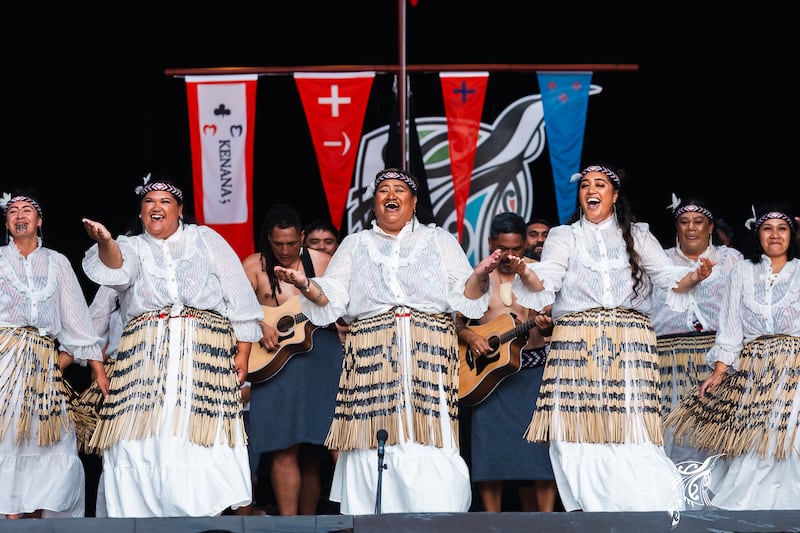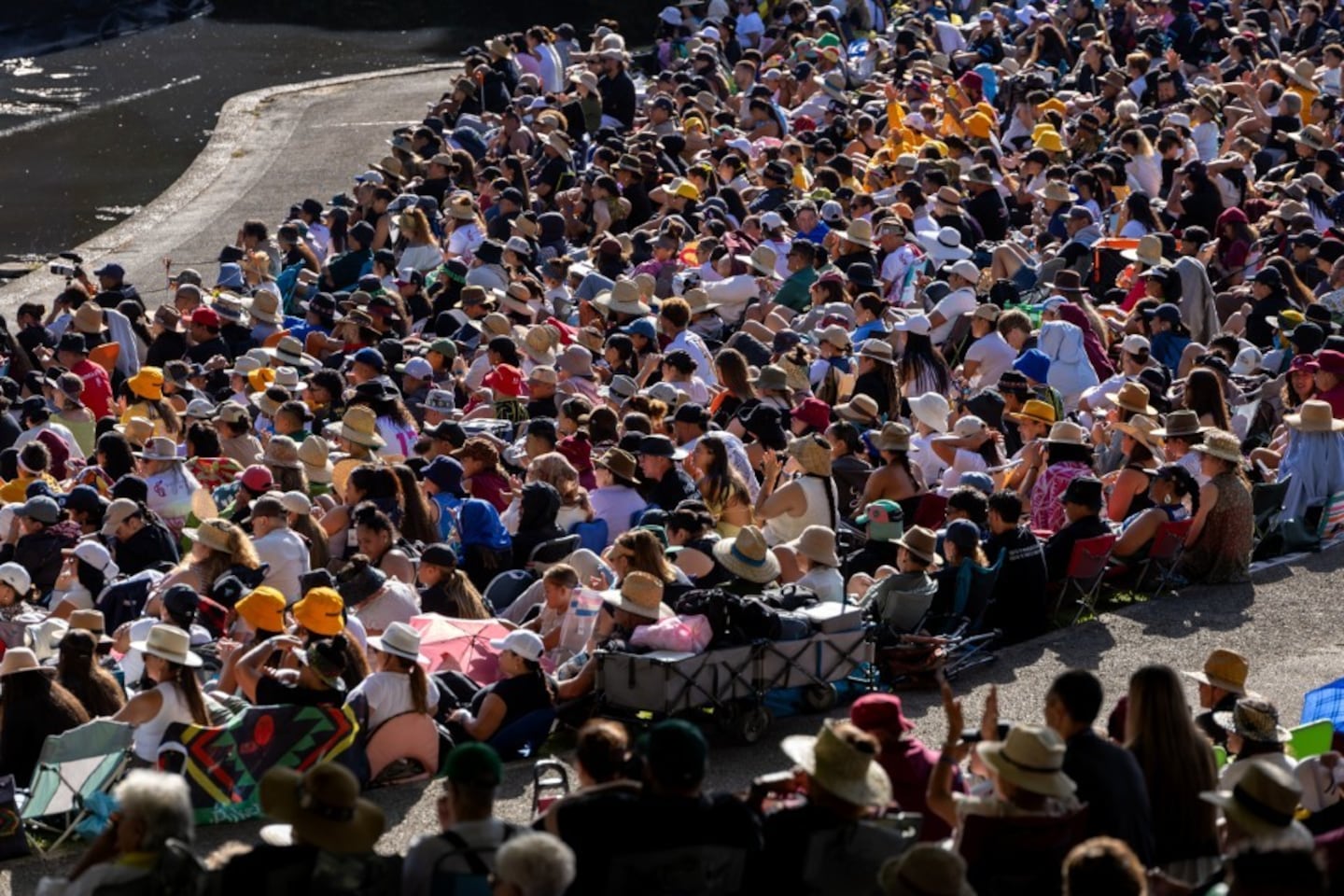It made Taranaki proud, brought people together, and boosted enthusiasm for Māori arts and culture – that’s the verdict of people who went to Te Matatini o Te Kāhui Maunga in New Plymouth.
The national kapa haka championship filled Pukekura Park’s Bowl of Brooklands in late February, drawing a record crowd of 63,938 across five days to watch 2,200 competitors in the leafy amphitheatre.
Research company Angus & Associates invited 7000 who’d indicated interest to take part in a post-festival survey for the Matatini organisation.
A couple of thousand took part, rating from 1 to 10 how much they agreed with statements about the haka festival.
The suggestion that Te Matatini brought people together scored 9.7 on average amongst punters, the proposition that it increased their interest in Māori culture scored 9.3, and the idea that it grew their knowledge of Māori culture and arts scored 9.2.
Asked if Te Matatini had motivated them learn and speak more reo Māori, the averaged response was 8.9 out of 10.
Compared to Te Matatini surveys from 2011-23, Taranaki’s average scores were mostly some five percent higher.
Typically translated as hospitality, manaakitanga literally means mana-raising – and praise for manaaki from the host region was notable during and after the festival.
Local ticketholders were asked if Te Matatini o te Kāhui Maunga made them proud of Taranaki: that question scored 9.7 out of 10.

Taranaki residents were 40 percent of the audience.
Almost all survey respondents said they were likely to attend again.
Four out of five attendees were women and girls, consistent with earlier Te Matatini festivals and with Taranaki surveys that show working-age men are least likely to speak te reo.
Seven in ten punters identified as Māori – a lower proportion than previously – while 44 percent identified as NZ European, well up on the previous average of 27 percent.
The report said this probably led to the drop in those who speak te reo ‘very well’ from 14 percent at previous festivals to eight percent at Pukekura.
Those who could ‘talk about simple/basic things’ in te reo grew to 33 percent from 25 percent.
Just over half – 53 percent – went to Te Matatini for the first time, well up on the average since 2011 of 43 percent
The report said the festival directly added almost $24 million to the Taranaki economy, three million below initial estimates because of pressure on household budgets.
$17.4 million was spent by visiting punters; over $2 million by visiting teams; $1.4 million by sponsors, funders, stallholders and other stakeholders; and $2.75 million by event organisers.
The Māori+ website drew 480,000 live New Zealand viewers and another 1.1 million watched online video. A further 142,000 watched on television.
LDR is local body reporting co-funded by RNZ and NZ on Air



